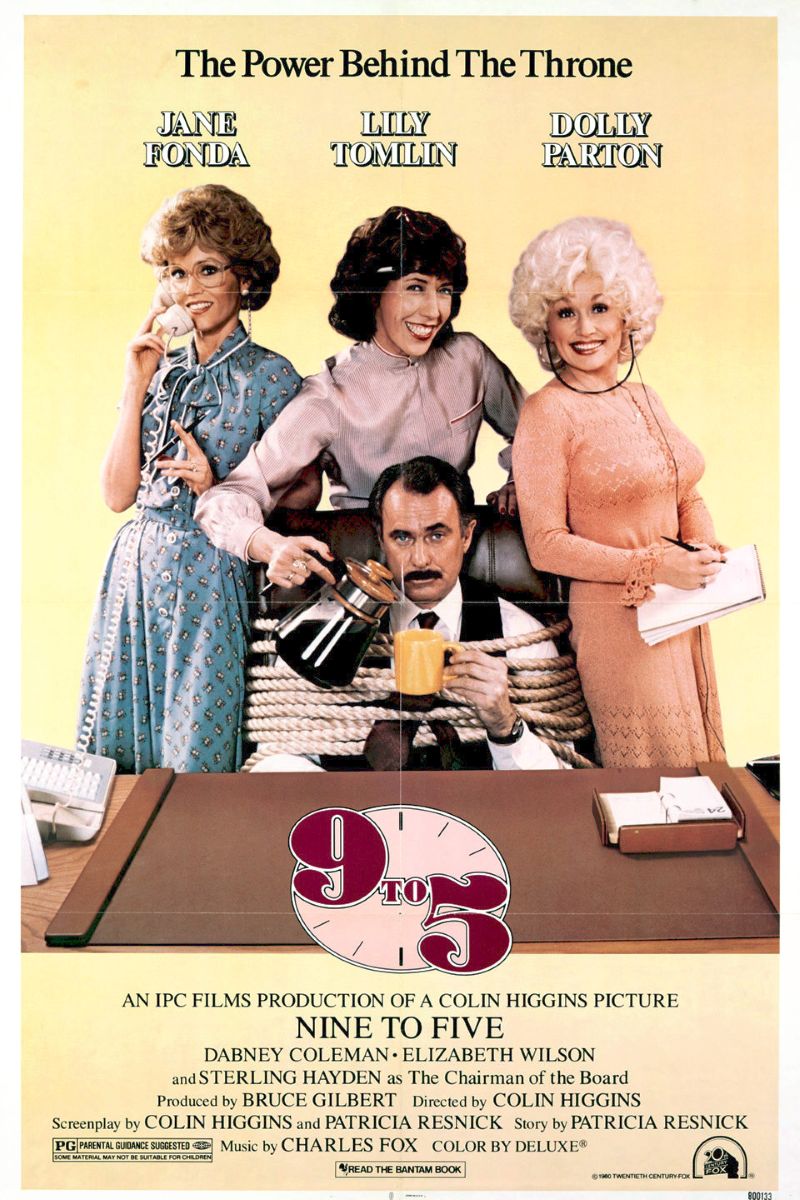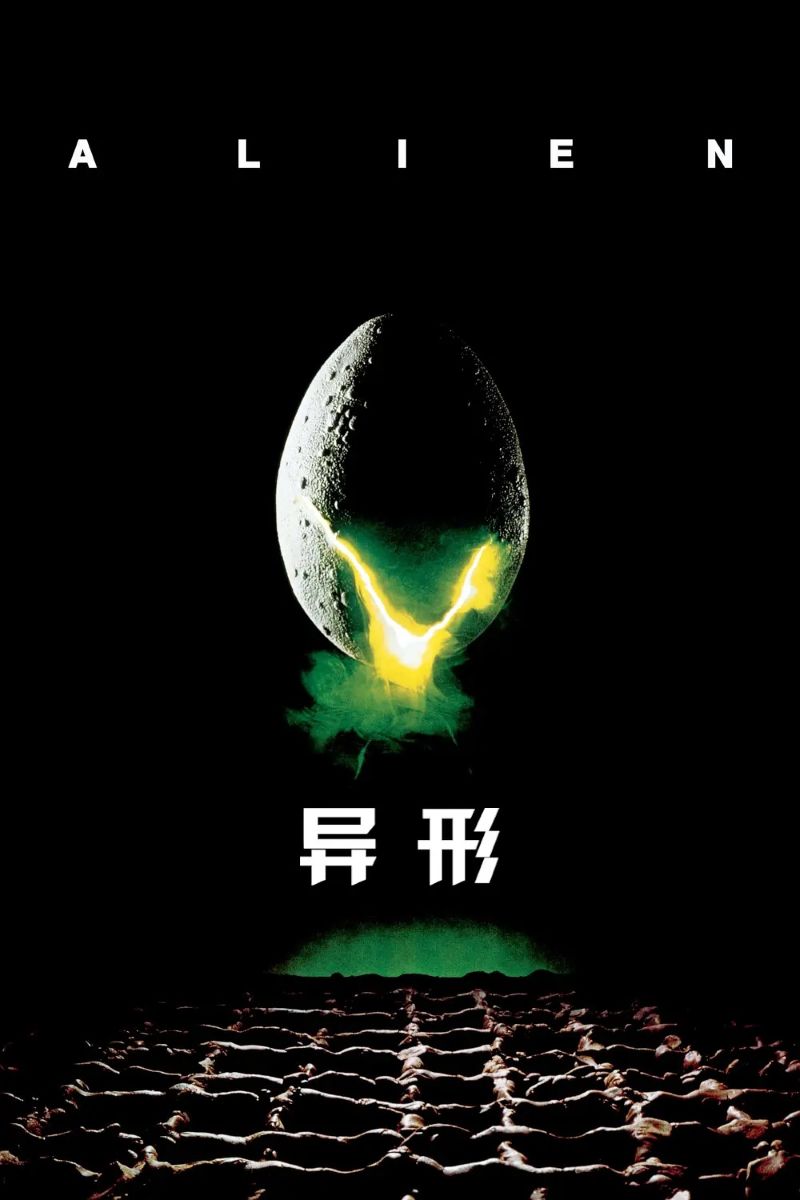
Revenge
Revenge
Coralie Fargeat's breakthrough rape-revenge film redefines the feminist possibilities of this genre. Through extreme visual style and violent aesthetics, the film explores complex themes of female revenge, bodily autonomy, and fourth-wave feminist rage.
Cast
Related Topics
🎥 Film Analysis & Review
“Revenge” is French director Coralie Fargeat’s feature debut, a 2017 work that shocked the film world with its revolutionary reinterpretation of the rape-revenge genre. On the eve of the #MeToo movement, Fargeat created a work that is both a genre masterpiece and a political manifesto through extreme visual style and uncompromising feminist stance. The film not only challenges the exploitative nature of traditional rape-revenge films but redefines how female anger and vengeance are expressed.
Feminist Reconstruction of Genre Cinema
Traditional rape-revenge films often fall into the trap of exploitation, commodifying women’s pain and revenge process to satisfy primarily male audiences’ violent fantasies. “Revenge” fundamentally subverts this model. Fargeat explicitly states her inspiration came not from classic rape-revenge films like “I Spit on Your Grave” but from action revenge films like “Kill Bill” and “Mad Max.” This shift in creative orientation is crucial—it moves focus from female victimization to female power.
Jen’s transformation (played by Matilda Lutz) is the film’s most striking element. She evolves from a seemingly superficial mistress figure, through trauma, to be reborn as an avenging goddess. This transformation isn’t simple identity change but profound exploration of female subjectivity. Fargeat refuses to let Jen remain in victim status for long, instead rapidly advancing to her empowerment and awakening phase.
Political Nature of Visual Language
“Revenge’s” visual style is highly distinctive. The film employs bold colors, surreal imagery, and carefully designed compositions to create an aesthetic experience between reality and fantasy. This visual choice isn’t merely for enhanced viewing effect but political expression. By packaging violence in beautiful exteriors, Fargeat questions how we consume violence.
The film’s landscapes—barren desert, scorching sun, blood-red rocks—all become externalized expressions of Jen’s internal state. This environment isn’t passive background but an active element participating in narrative. The desert’s harshness reflects challenges Jen faces while symbolizing her baptismal ground for rebirth.
Most impressive is the film’s presentation of bodies. Fargeat neither avoids violence nor romanticizes it. Through extreme body horror scenes—particularly Jen pulling the branch from her body—she creates a new body politics. While these scenes are uncomfortable, they serve a larger theme: women’s absolute control over their own bodies.
Deconstruction of the Male Gaze
At the film’s beginning, Fargeat seems to adopt traditional male gaze to present Jen. She wears a bikini, filmed in sexualized ways by the camera, seemingly conforming to male audience expectations. However, this surface compliance is actually a trap. As the story develops, this gaze is completely subverted.
When Jen begins her revenge journey, she’s no longer an object to be watched but becomes subject controlling the gaze. Her body transforms from sexualized object to tool of violence, from symbol of vulnerability to source of strength. This transformation occurs not just at character level but in cinematic language. The camera begins seeing the world from her perspective, forcing audiences to identify with her experience and anger.
Fourth-Wave Feminism’s Violent Aesthetics
“Revenge” embodies fourth-wave feminism’s characteristics: zero tolerance for male violence and legitimization of female anger. Against the backdrop of #MeToo, Jen’s extreme revenge acts acquire new political significance. She’s not seeking legal justice—because legal systems often fail women—but implementing her own justice.
The film’s violent scenes are extremely bloody, but they never seem meaningless. Each violent act directly responds to trauma Jen suffered. Through this symmetry of violence, Fargeat questions society’s tolerance for different types of violence. Why is male violence against women viewed as normal while women’s retaliation is seen as excessive?
Extreme Expression of Bodily Autonomy
Jen awakening on the branch and self-rescuing may be one of cinema’s most powerful expressions of bodily autonomy in recent years. She doesn’t wait for rescue but actively takes responsibility for saving herself. This scene’s symbolic significance is profound: it represents women refusing to be victims, choosing to become masters of their own destiny.
The film’s body horror elements—blood, wounds, pain—are all recontextualized as sources of strength. Each of Jen’s scars becomes proof of her resilience, each pain strengthens her determination. This reinterpretation of bodily pain challenges traditional gender stereotypes, showing female bodies’ powerful potential.
Milestone in Contemporary Feminist Cinema
“Revenge” occupies an important position in feminist film history, successfully combining genre films’ commercial appeal with profound political critique. The film proves female directors can create equally adrenaline-pumping action films while injecting unique feminist perspectives.
Fargeat’s success also opens doors for other female creators. She proves audiences have genuine hunger for complex, controversial feminist content. The film’s international success—winning awards at multiple film festivals and receiving widespread critical acclaim—indicates global audiences are ready to accept more radical feminist narratives.
The Phoenix Motif and Rebirth
The phoenix imagery burned onto Jen’s stomach from the beer can becomes a powerful symbol of transformation. This accidental branding transforms from mark of violation to emblem of power. The phoenix—mythical bird that rises from its own ashes—perfectly captures Jen’s journey from victim to avenger. This visual metaphor operates throughout the film, with fire, heat, and burning becoming recurring motifs of purification and rebirth.
The transformation sequence where Jen treats her wounds and prepares for battle is filmed with almost ritualistic reverence. She doesn’t simply bandage wounds but performs a ceremony of self-creation. The peyote-induced hallucinations add mystical dimension to her transformation, suggesting her change transcends physical to become spiritual awakening.
Subverting Masculinity Tropes
The three male characters represent different aspects of toxic masculinity: Richard embodies entitled privilege, Stan represents predatory opportunism, and Dimitri symbolizes complicit enablement. Their characterizations avoid simple villainy, instead showing how ordinary men participate in and benefit from systems of oppression.
The film’s climactic confrontation between Jen and Richard is particularly significant. Both are naked, covered in blood, equalizing them in vulnerability. This stripping away of civilized veneer reveals the primal nature of their conflict. Richard’s increasingly desperate attempts to maintain control mirror how patriarchal systems respond when challenged—with escalating violence and denial of reality.
Sound Design and Sensory Assault
The film’s sound design deserves special attention. The contrast between desert silence and sudden violence creates visceral impact. The squelching of wounds, buzzing of flies, and echoing gunshots all contribute to an immersive sensory experience that refuses to let audiences remain passive observers.
The use of pop music—particularly during action sequences—creates ironic counterpoint to violence. These upbeat tracks transform what could be purely horrific scenes into something more complex, suggesting the film’s violence is performative commentary rather than realistic depiction.
Feminist Gaze and Female Authorship
As a female director, Fargeat brings distinctly feminine perspective to traditionally male-dominated genre. Her camera doesn’t linger on sexual violence but focuses on its aftermath and consequences. The film’s violence is explicit but never exploitative—it serves clear narrative and political purposes.
This female authorship extends beyond direction to encompass entire creative vision. The film’s color palette—dominated by pinks, oranges, and reds—reclaims traditionally feminine colors for story of female power. This aesthetic choice challenges genre conventions while creating visually distinctive work.
Cultural Impact and Genre Evolution
“Revenge” has set new standards for rape-revenge films, influencing subsequent feminist filmmaking. The film’s success helped Fargeat secure larger projects—she subsequently directed “The Substance,” further exploring body horror and feminist themes.
The film’s visual style—vivid colors, surreal compositions, beautifully choreographed violence—has become important reference for contemporary action cinema. It demonstrates how to inject profound political content while maintaining genre films’ core appeal.
Controversy and Discussion
“Revenge” is not without controversy. Some critics question whether its extreme violence truly serves feminist causes or merely perpetuates fascination with violence in new form. However, this controversy itself marks the film’s success—it forces audiences to think about complex questions regarding violence, justice, and gender.
The film also sparked discussions about creator identity and politics. As a female director, Fargeat enjoys certain moral authority to explore these themes, but does this mean male directors cannot touch these areas? Such questions reflect broader debates about identity politics in contemporary culture.
The New Final Girl
Jen represents evolution of the “final girl” trope in horror cinema. Unlike traditional final girls who survive through luck or moral purity, Jen actively pursues her attackers. She’s not waiting to be rescued or hoping to escape—she’s hunting. This inversion of predator-prey dynamics fundamentally alters genre’s power structures.
Her transformation from victim to avenger isn’t presented as loss of innocence but as gaining of power. The film refuses to mourn her previous self, instead celebrating who she becomes. This positive framing of female violence as liberation rather than corruption marks significant departure from genre conventions.
Global Reception and Feminist Solidarity
The film’s international success demonstrates universal appeal of its themes. Despite cultural differences in how sexual violence is understood and discussed, audiences worldwide connected with Jen’s journey. This suggests growing global consciousness about gender-based violence and appetite for narratives that center women’s agency in addressing it.
Festival screenings often became sites of feminist solidarity, with audiences—particularly women—responding viscerally to Jen’s triumph. These collective viewing experiences transformed individual revenge fantasy into communal catharsis, demonstrating cinema’s power to create shared feminist consciousness.
Conclusion: Beauty and Terror
Ultimately, “Revenge” conveys a complex and powerful message: it’s both furious indictment of patriarchal violence and celebration of female power. Jen’s revenge journey isn’t just personal but political—it represents collective rage of all women who have been silenced, ignored, and harmed. In this bloody yet beautiful desert, Fargeat shows us a new female heroism, an expression of power that’s uncompromising, unapologetic, and unforgiving.
The film stands as a watershed moment in feminist cinema, proving that genre films can be vehicles for radical political expression. Through its fusion of exploitation cinema aesthetics with sophisticated feminist politics, “Revenge” creates new possibilities for how women’s stories—particularly stories of trauma and triumph—can be told. It reminds us that female rage is not only justified but necessary, and that sometimes the only appropriate response to systematic violence is violent resistance.
🏆 Awards & Recognition
- • CinEuphoria Awards Top Ten Audience Award
- • Bucheon International Fantastic Film Festival Best Feature
- • Toronto International Film Festival Midnight Madness
⭐ Ratings & Links
Related Recommendations
讨论区
分享您的想法和观点
加入讨论
分享您的想法和观点
加载评论中...

